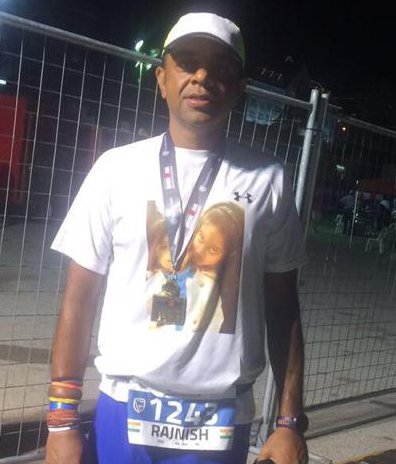TYPES OF RUNS
TYPES OF RUNS
Rajnish Goswami
- RECOVERY RUN
A recovery run is a short run performed at an easy pace.These runs add a liitle mileage to runners training wihout taking away the performance from the harder runs and more important workout before and after these runs.These runs are best done after a hard run or a hard workout such as a interval run. Do your recovery runs as slowly as necessary to feel relatively comfortable despite fatigue.
- LONG RUN
A long run a base run that lleaves you modeartely tired. THe function of such a run is to improve endurance . The distance of these runs depends on the type of runner ; well trained runners requiring a longer distances than the amateurs. As a rule of thumb these runs should be long enough to increase levels of confidence that the endurance will not be a hindrance in the races.
- PROGRESSIVE RUNS
A progressive run begins at a natural pace and ends with a faster pace at anywhere between a marathon to a 10k pace .These runs are challenging – harder than base runs but easier than runs at a threshold pace and interval pace . THe recovery from these runs is faster than the intense ones.
- HILL REPEATS
These are repeated segments of hard hill runs They increase the aerobic capacity, high intense fatigueresistance , pain tolerance and strength. The ideal hill on which to run these splits should be gradual inclined hill . These runs are typically done after the base building period when it is safe to increase intensity.
- FARTLEK
A fartlek is is a base run that mixes in intervals of varying duration or distance. Its a good way to begin the process of developing efficiency and fatigue resistance at faster speeds in the early phases of training or to get a moderate dose of fast running later in the training cycle. They also serve as a less structured alternative to a traditional interval session as a track session.
- INTERVALS
these consist of repeated shorter segments of fast running separated by slow jogging or standing recoveries. This format enables a runner to pack more fast running into a single workout than he could with a single prolonged fast effort.
The main thing is to try mix these and see what suits you best and also make it fun.

Rajnish Goswami, obese till 2015, successfully completed multiple Marathons and Ironman half distance and full distance races. He is a fitness enthusiast and an avid reader of sports science




